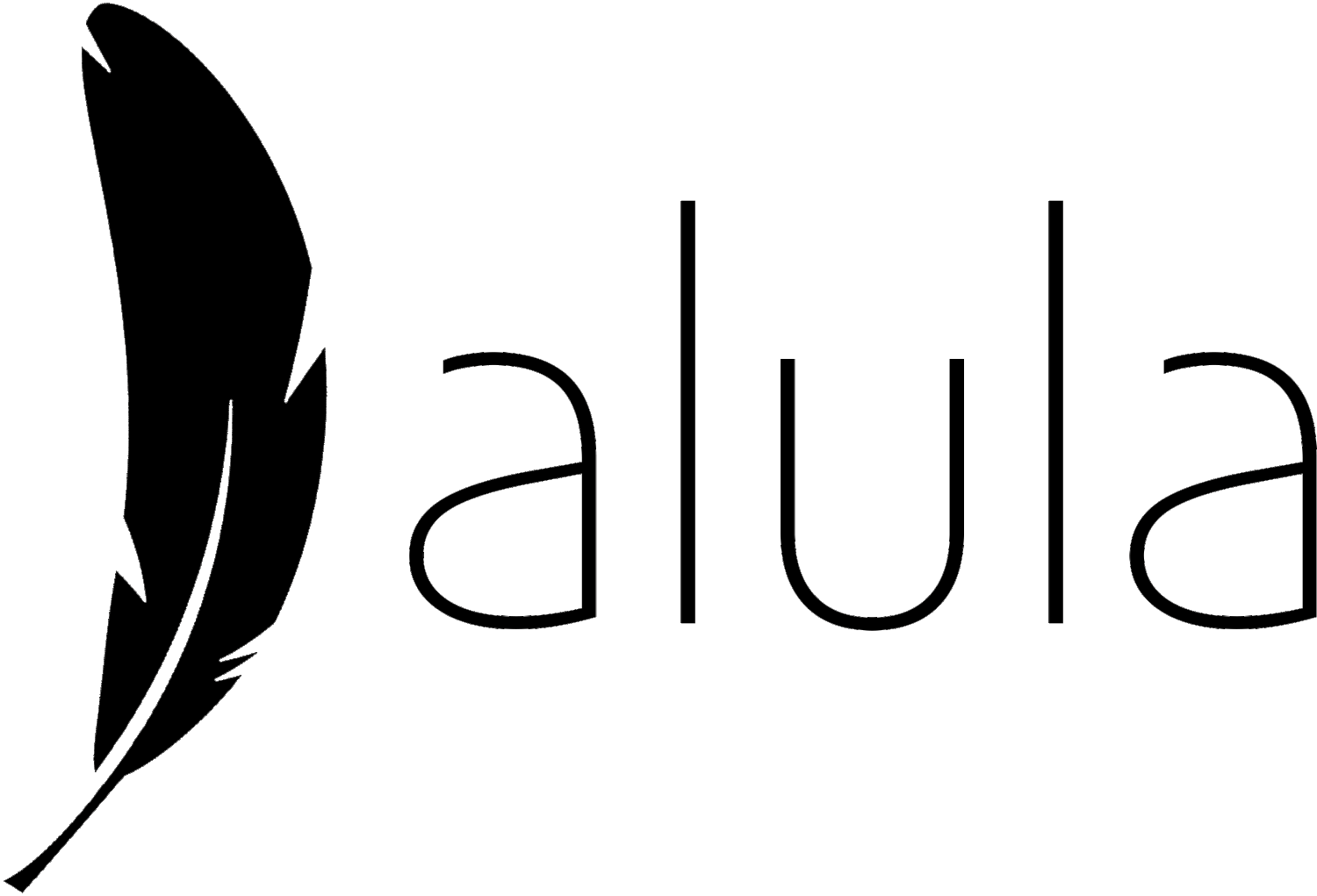Walking Beside, Not Ahead: The Power of Empathy in Disability Support
Empathy is one of those words we hear often — especially in care and support roles. But what does it really mean when you're providing day-to-day support for someone with a disability? And how can we show empathy without crossing personal or professional boundaries?
At Alula, we believe empathy isn’t just a feeling — it’s a way of working. It’s what transforms a task-focused service into a genuine relationship. It shows up in tone, timing, and body language. And when done well, it can make participants feel respected, understood, and safe to be themselves.
In this blog, we explore the difference empathy makes, the small ways it shows up in support work, and how to practise it consistently without taking on too much.
🤝 What Is Empathy (And What It’s Not)
Let’s start with a simple distinction:
Empathy is the ability to recognise, understand, and honour someone else’s emotional experience — even if it’s different from your own.
Sympathy is feeling for someone (“That must be hard”), while empathy is feeling with them (“I see how that’s impacting you, and I’m here with you in it”).
Empathy is not about fixing, rescuing, or taking on someone else’s burden. It's about showing up and being present in a respectful way.
🌱 Why Empathy Matters in Disability Support
When people feel truly seen and understood:
They’re more likely to open up about what they need
Trust builds faster between participant and worker
Miscommunications and behavioural distress decrease
Participants feel safer expressing themselves authentically
In short: Empathy = better outcomes, stronger relationships, and more sustainable care.
👣 What Empathy Looks Like in Practice
Empathy isn’t just something you feel — it’s something you do. And often, it’s not about grand gestures. It’s in the micro-moments that happen every day.
Here are a few examples from the field:
1. Slowing Down
Empathetic support workers take their time. They notice when someone seems overwhelmed and pause. They don’t rush instructions or push through resistance.
“When Josh didn’t want to go into the café, I didn’t coax or push. I just sat with him and said, ‘It’s okay to feel unsure. We can wait as long as you need.’ That changed the tone completely.”
— Alula support worker
2. Reading the Room — and the Person
Empathy shows up in noticing body language, changes in tone, or subtle cues of discomfort.
Is the participant unusually quiet?
Are they avoiding eye contact or suddenly tense?
Do they need space — or reassurance?
You don’t have to have all the answers. You just need to be present and curious.
3. Using Supportive Language
Words matter. Supportive language reflects the person’s reality, respects their identity, and avoids judgement.
Instead of:
❌ “You don’t need to be upset.”
Try:
✅ “I can see this is hard right now — would you like a quiet space or someone with you?”
4. Respecting Emotional Boundaries
Empathy doesn’t mean absorbing someone’s pain — it means holding space for it.
What helps:
Letting silence happen when someone’s upset
Offering options, not solutions
Asking: “Would you like to talk about it, or just sit for a while?”
It’s okay not to have the “fix.” Being present is often the most powerful support you can offer.
5. Supporting Without Taking Over
Empathetic support empowers. It never disempowers.
Ask yourself:
Am I stepping in too quickly?
Could this person do more with gentle support?
Am I acting from my own anxiety, or their needs?
🟡 Empathy often means holding back, not jumping in.
🔄 Empathy and Burnout: Finding the Balance
Empathy is a skill — and like any skill, it requires boundaries.
Here’s how to care without carrying too much:
TipWhy It HelpsUse supervision or peer debriefingExternalise emotion without overloading yourselfReflect after tough sessionsUnderstand what belongs to you and what doesn’tPractise self-kindnessEmpathy for others starts with self-compassionMaintain structureKeep routines to help emotionally regulate during difficult momentsCelebrate winsNoticing small positives helps avoid compassion fatigue
Remember: You can't pour from an empty cup.
🗣️ Participant Perspective: What Empathy Feels Like
“I didn’t need someone to solve it. I just needed someone to sit next to me while I breathed through it.”
— Liam, 22
“My worker doesn’t talk down to me. Even when I’m non-verbal, she waits. That makes me feel like I matter.”
— Ali, 28
“He doesn’t try to fix my anxiety — he just slows everything down and stays calm. That helps me do the same.”
— Maree, 34
✅ Quick Ways to Show Empathy This Week
Try one of these simple practices:
Let the participant finish their thought — even if it takes a little longer
Acknowledge feelings before giving options (“That’s frustrating. Let’s look at what we can do next.”)
Use eye contact and calm tone (unless culturally or neurodiversity-sensitive)
Check in emotionally: “How are you feeling about this today?”
Don’t interrupt silence — give space
Final Thoughts
Empathy in disability support is not about stepping in — it’s about walking beside.
When we listen without judgement, notice without assuming, and support without overpowering, we create the kind of care that changes lives — not just for the participant, but for the people around them.
At Alula, empathy is part of every interaction. Not because it’s required, but because it’s right.
